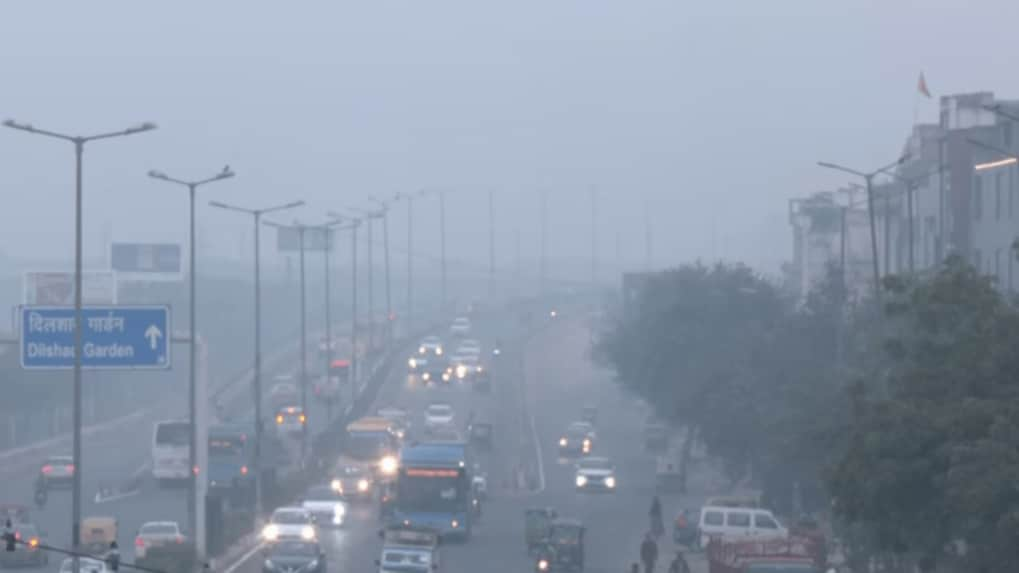Delhi’s air remains hazardous as Government enforces 50% office attendance
Under the new guidelines, administrative secretaries and department heads must attend work in person, but only half of the remaining staff may be physically present.
ADVERTISEMENT
Delhi’s toxic air persisted on Tuesday, with pollution levels hovering between the ‘severe’ and ‘very poor’ categories across the capital. Several monitoring stations recorded Air Quality Index (AQI) readings far beyond safe limits, as a dense layer of smog blanketed the city through the morning.
At 8am, Anand Vihar registered an AQI of 400, according to the Central Pollution Control Board (CPCB). Delhi’s overall AQI stood at 362, placing it firmly in the ‘very poor’ bracket for yet another day. As noted by Business Standard, AQI readings between 300 and 400 fall under ‘very poor,’ while 401–500 constitutes ‘severe,’ indicating significant respiratory risks even for healthy individuals.
Key pollution hotspots recorded the following levels:
Anand Vihar: 400
Bawana: 389
Ashok Vihar: 385
Rohini: 416
Wazirpur: 399
According to CPCB classifications, 0–50 is deemed “good,” 51–100 “satisfactory,” 101–200 “moderate,” 201–300 “poor,” 301–400 “very poor,” and 401–500 “severe.”
NCR records mixed air quality
Neighbouring cities saw varied readings. Noida logged a ‘very poor’ 397, showing slight improvement, while Greater Noida registered 382. Gurugram recorded an AQI of 286 (‘poor’), and Manesar stood at 342.
Adding to the pollution load, a cloud of volcanic ash from a rare eruption in northern Ethiopia drifted into Delhi late on 24 November. The ash, originating from the Hayli Gubbi volcano—which erupted for the first time in thousands of years—travelled across the Red Sea and West Asia before forming a thin haze over parts of the capital. Meteorological agencies have been tracking its movement across northwest India over the past day.
Government orders 50% attendance in offices
With pollution levels worsening, the Delhi government on Monday directed all government and private offices to operate at 50 per cent staff strength, requiring the remaining employees to work from home, as per the Business Standard report.
The directive was issued under the revised Stage III of the Graded Response Action Plan (GRAP), after the Commission for Air Quality Management (CAQM) moved several Stage IV restrictions—including work-from-home mandates—into Stage III to prevent further deterioration of air quality in Delhi-NCR.
Under the new guidelines, administrative secretaries and department heads must attend work in person, but only half of the remaining staff may be physically present. Private offices have been instructed to follow the same limit.

